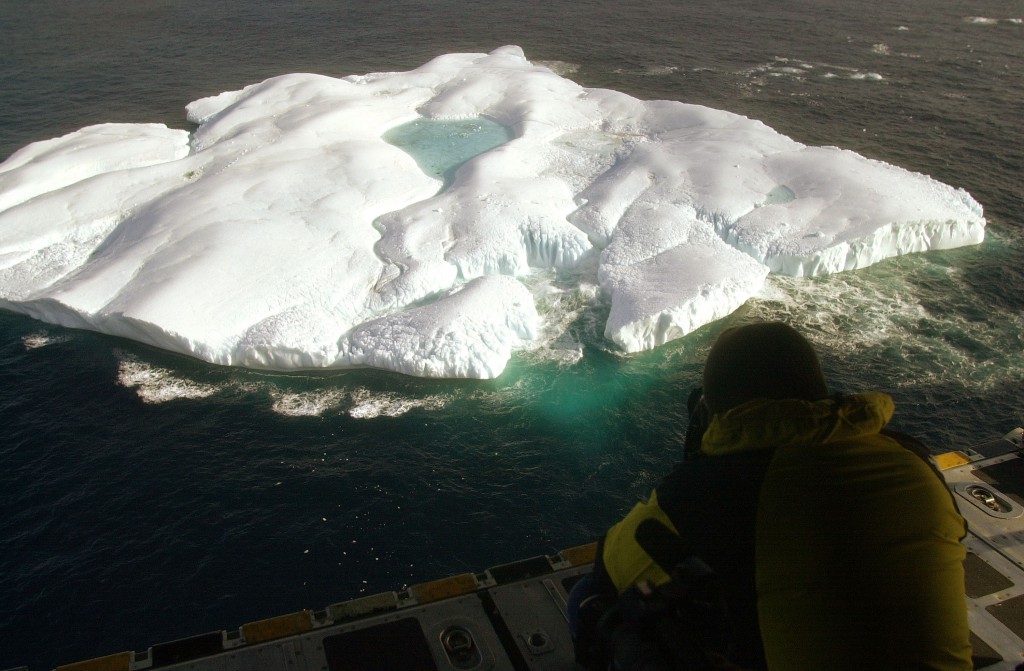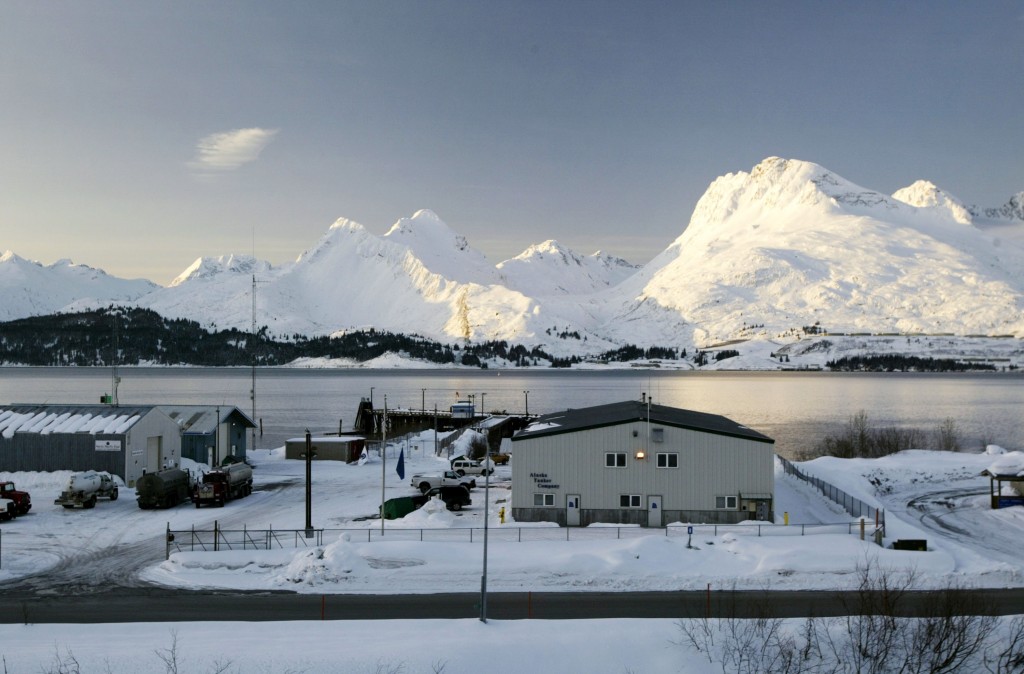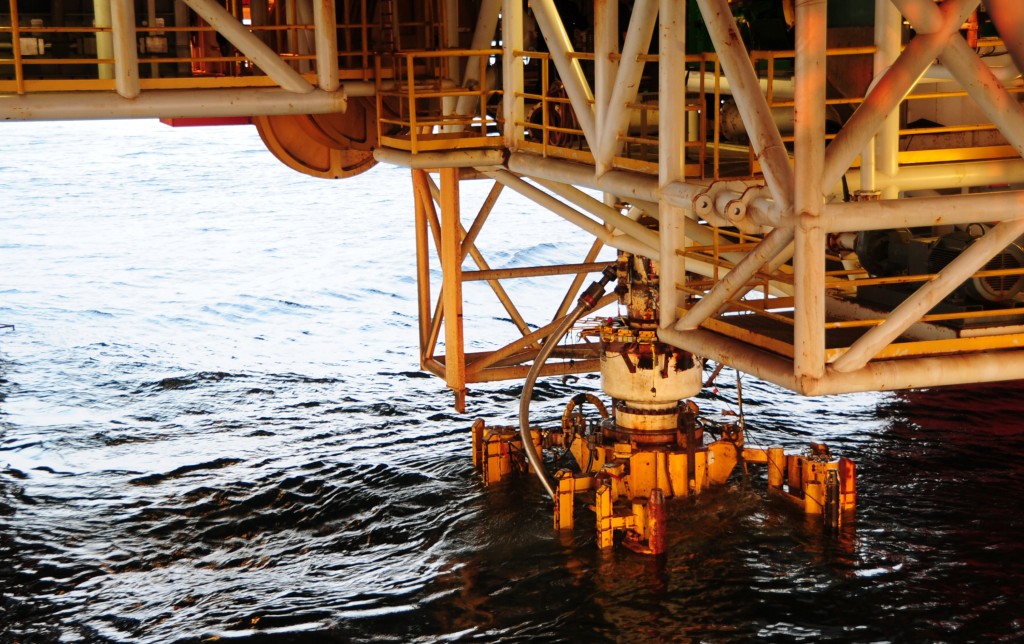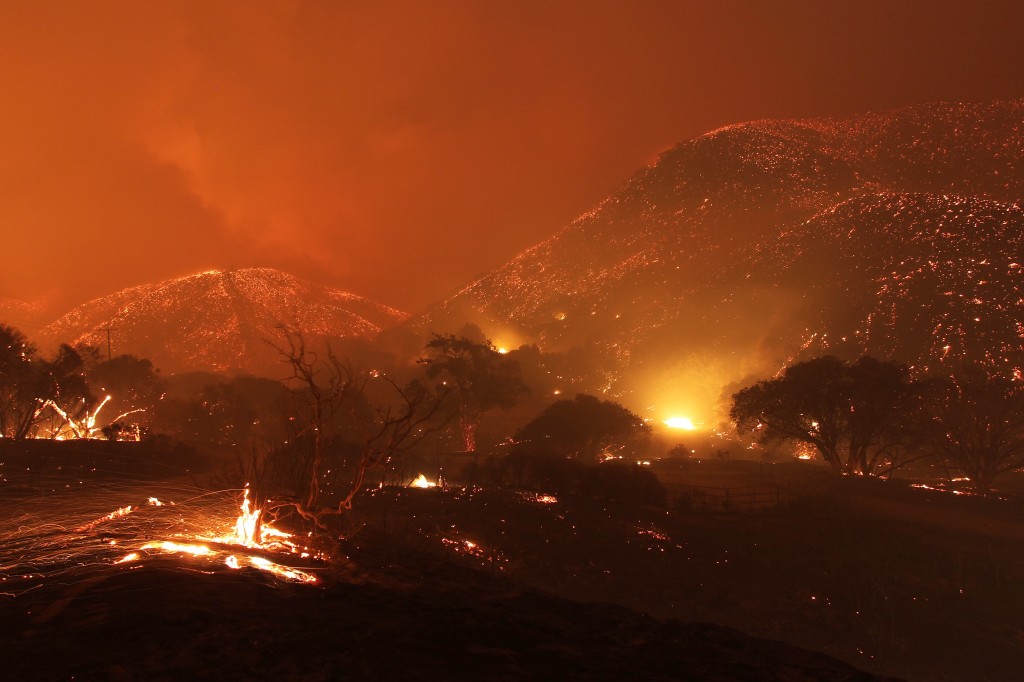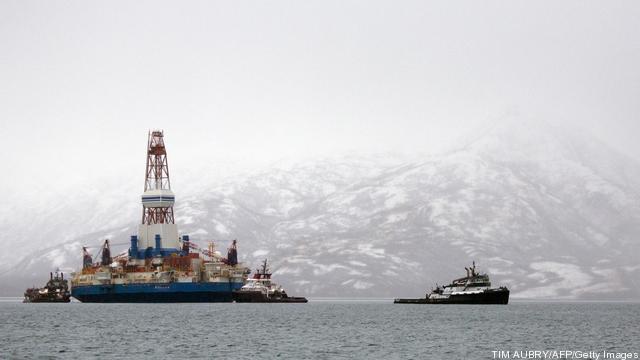The US is the only country with an Arctic coastline that has not yet ratified the Law of the Sea Treaty, which could put it at a disadvantage in laying claim to what could be substantial resources on its outer continental shelf. The Law of the Sea Treaty – or more formally, the United Nations… Keep reading →
Arctic
Sign up and get Breaking Energy news in your inbox.
We will never sell or share your information without your consent. See our privacy policy.The Breaking Energy Team is en route to Anchorage for what promises to be a great series of speakers and events at the USAEE/IAEE North American Conference. Maybe we’ll see a bear! Or a Palin! The United States Association for Energy Economics, and its parent organization, the International Association for Energy Economics, are kicking off… Keep reading →
An offshore natural gas well blew out yesterday in the Gulf of Mexico about 150 miles south of the Louisiana coast. All personnel were safely evacuated and no injuries were reported. Environmental group Natural Resources Defense Council took the opportunity to comment on risk associated with petroleum development and suggested that risk is too great… Keep reading →
As the EPA’s Renewable Fuel Standard is discussed at hearings on Capital Hill this week, the two sides of the debate are taking to the airwaves to promote their agendas. The refiners and oil companies want RFS repealed because they say it’s broken and dangerous, while the renewable fuels folks say Big Oil is just… Keep reading →
DOE released a report examining the impacts of climate change on the nation’s energy and electricity infrastructure, including an assessment of ongoing efforts and potential opportunities to improve the energy sector’s climate resilience. On July 11, 2013, the Department of Energy (DOE) released a report examining current and future impacts of climate change on… Keep reading →
Almost every aspect of energy – sources, financing, scalability and policy – tends to spark spirited debate among stakeholders across the sector. And the United States Association for Energy Economics seeks to bridge the gap between academics, industry professionals, and the government officials and regulators that set the tone for energy investment. Breaking Energy spoke… Keep reading →

Two hundred miles southeast of Newfoundland, not far from where the Titanic sank, ExxonMobil is spending $14 billion to drill one of the biggest oil fields in the North Atlantic. Seeing Exxon develop oil fields for Canada is reviving calls for the United States to do the same off its Atlantic Coast — which has been closed for oil and gas exploration for decades. But as Shell’s (RDSA) drill ships continue to run aground in the Arctic, critics say letting Exxon drill off the coast of Newfoundland or the heavily populated U.S. Eastern Seaboard is a mistake. The risks: In 1982, the Ocean Ranger — then the largest drill rig of its type in the world — capsized and sank in nearby waters during a winter storm, killing all 84 crew members aboard. Safety standards have improved since then, but drilling in icy, remote conditions remains one of the most dangerous jobs in the businesses — as Royal Dutch Shell’s ill-fated Arctic foray showed last summer.
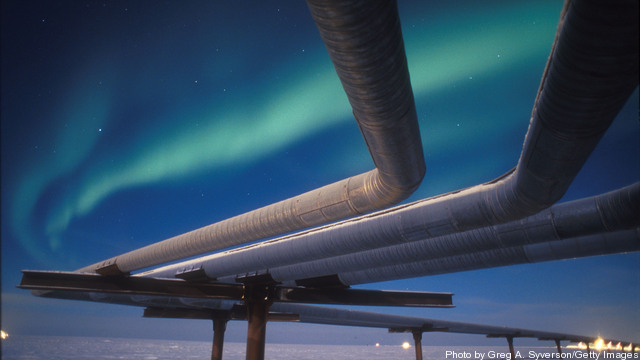 Shell spent billions of dollars and significant political capital to obtain the licenses and approvals required to explore for oil and gas off the coast of Alaska.
Shell spent billions of dollars and significant political capital to obtain the licenses and approvals required to explore for oil and gas off the coast of Alaska.
The company’s problems in the region were compounded when a drilling rig ran aground in rough seas on December 31st as it was being towed from Alaska to the port of Seattle, Washington for scheduled offseason maintenance – the rig was not drilling at the time. Although there does not appear to have been a petroleum release, the risks associated with operating in the Arctic have been highlighted by the incident. Keep reading →
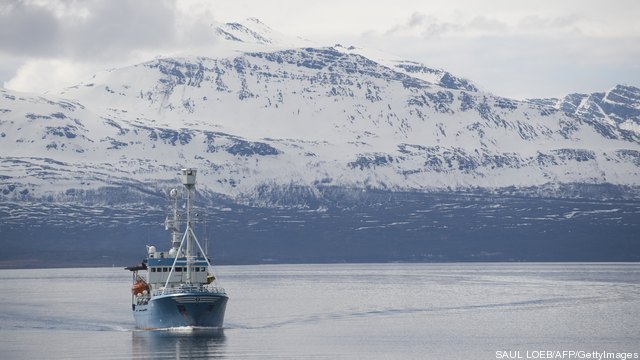
The Obama administration will go ahead with more drilling in Arctic waters, though at a pace that allows for more research before additional permits are granted. The administration will hold new lease sales for oil companies to drill in the Chukchi and Beaufort Seas just north of Alaska, Interior Secretary Ken Salazar said Tuesday in a conference call with reporters. But the new leases won’t be issued until 2016, allowing more time so that nations bordering the Arctic can identify the region’s resources and figure out which areas need to be protected. “These resources, if developed safely, can be an important component to the all-of-the-above energy strategy,” said Salazar.

The race for oil in the Arctic is on. As the polar ice cap retreats, energy companies are looking north for a potentially huge new source of crude supply. In April, Exxon Mobil and Russian oil giant Rosneft announced a partnership to develop Arctic reserves in the Kara Sea estimated at up to 85 billion barrels. And this summer, Shell is expected to begin exploratory offshore drilling in the Arctic Ocean off the coast of Alaska. In his new book The Eskimo and the Oil Man, Bob Reiss details Shell’s years-long effort to win approval for this multi-billion-dollar project and explains the economic and geopolitical ramifications of the competition for control of the Arctic. But getting the oil out won’t be easy. It could require lots of nuclear-powered icebreakers.
